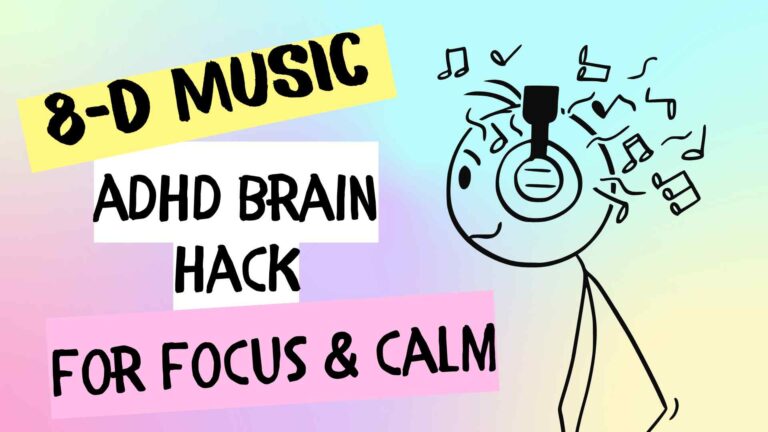I thought it would be fun to examine the habits of very creative and successful people. They obviously found the right conditions to foster ideas and inspiration.
Innovative approaches can include exploring ideas, stepping back and taking a break, entering into deep thought, and then taking action. This process can vary depending on the individual and the task at hand, but it generally involves a mix of creativity, critical thinking, and problem-solving.
Let’s take a lesson from their routines and environments that helped to spark their best creativity!
Habits of famous writers
Famous authors often relied on unique approaches to ignite their creativity. Here are some intriguing examples:
- Early Risers: Writers like Ernest Hemingway and Toni Morrison believed in starting their day early, often writing at dawn when their minds were fresh and undisturbed.
- Structured Routines: Haruki Murakami followed a strict daily schedule, waking up at 4 a.m., writing for several hours, and then engaging in physical activities like running or swimming to maintain mental clarity.
- Unusual Habits: James Joyce wrote lying on his stomach, using large pencils and wearing a white coat to reflect light better, accommodating his poor eyesight.
- Creating the Right Environment: E.B. White wrote amidst household chaos, proving that ideal conditions aren’t always necessary.
- Stopping Mid-Flow: Hemingway would stop writing when he knew what would happen next, ensuring he could pick up easily the following day.
These habits highlight the importance of finding what works best for each individual.

Habits of famous artists
Famous artists often had fascinating habits and routines to get the creative juices flowing. Here are some examples:
- Morning Rituals: Salvador Dalí started his day with a moment of self-reflection, marveling at his own genius. (1) Andy Warhol would dictate his daily events to a friend over the phone, which later became the basis for his memoir. (1)
- Quirky Techniques: Dalí also used a method called “slumber with a key,” where he would nap briefly while holding a key. As he fell asleep, the key would drop, waking him up and leaving him in a dreamlike state for inspiration. (1)
- Controlled Environments: Some artists, like Martha Rosler, created distraction-free zones to focus entirely on their work. (2)
- Background Noise: Many artists preferred working with music or talk radio playing in the background to create a productive atmosphere. (2)
- Unique Workspaces: Georgia O’Keeffe often painted in solitude, surrounded by the natural beauty of New Mexico, which deeply influenced her art. (1)
These habits show how creativity can thrive in diverse and sometimes unconventional ways.
(2) 12 Habits of Highly Effective Artists, From Creative Exercise to Living in Airplane Mode

Habits of famous song writers
Famous songwriters often developed unique habits and techniques to enhance their creativity and craft. Here are some examples:
- Daily Writing Practice: Paul Simon would start his day early, jotting down thoughts and ideas on a legal pad, treating it like a diary to spark inspiration. (1)
- Collaborative Sessions: Ryan Tedder (OneRepublic) worked with artists like Sia, recording multiple takes and combining the best parts to create a cohesive song. (1)
- Learning from Hits: Diane Warren emphasized staying current by listening to popular songs and analyzing what makes them successful. (1)
- Generating Ideas: Many songwriters, like Bob Dylan, found inspiration everywhere—from personal experiences to observing the world around them. (1)
- Creating the Right Environment: Successful songwriters often crafted spaces that encouraged creativity, free from distractions. (2)
These habits highlight the importance of consistency, collaboration, and finding inspiration in everyday life.
(1) The 7 Habits of Successful Songwriters – MY SONG COACH
(2) The Habits of Highly Successful Songwriters – Joey Sturgis Tones
Habits of famous movie directors
Famous movie directors often have reliable practices that help them bring their creative visions to life. Here are some examples:
- Meticulous Planning: Directors like Alfred Hitchcock were known for storyboarding every scene in detail before filming, ensuring a clear vision for the final product.
- Collaborative Approach: Steven Spielberg emphasizes teamwork, often seeking input from actors and crew to enhance the storytelling.
- Immersive Research: Directors like Christopher Nolan dive deep into research, exploring complex concepts to create authentic and thought-provoking films.
- Creative Rituals: Quentin Tarantino is known for writing his scripts by hand and often immersing himself in music to inspire scenes.
- Adaptability: Many directors, such as Kathryn Bigelow, thrive on improvisation, adjusting their plans to capture unexpected moments during filming.
These habits highlight the diverse ways directors channel their creativity and manage the complexities of filmmaking.
Conclusion
It’s helpful to see how other artists/creatives work and possibly borrow the same strategies for success. The point is, they found something that worked for them. Don’t be afraid to experiment with some of these ideas – they just might work for you!




